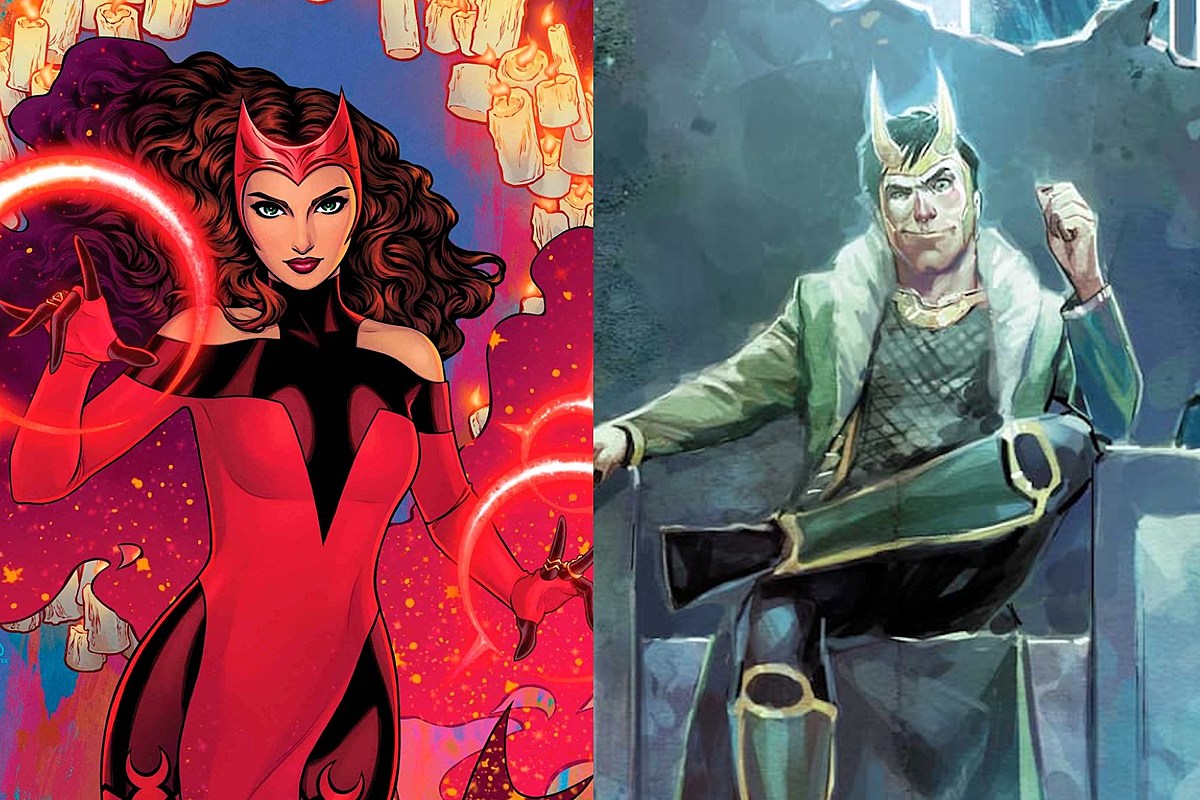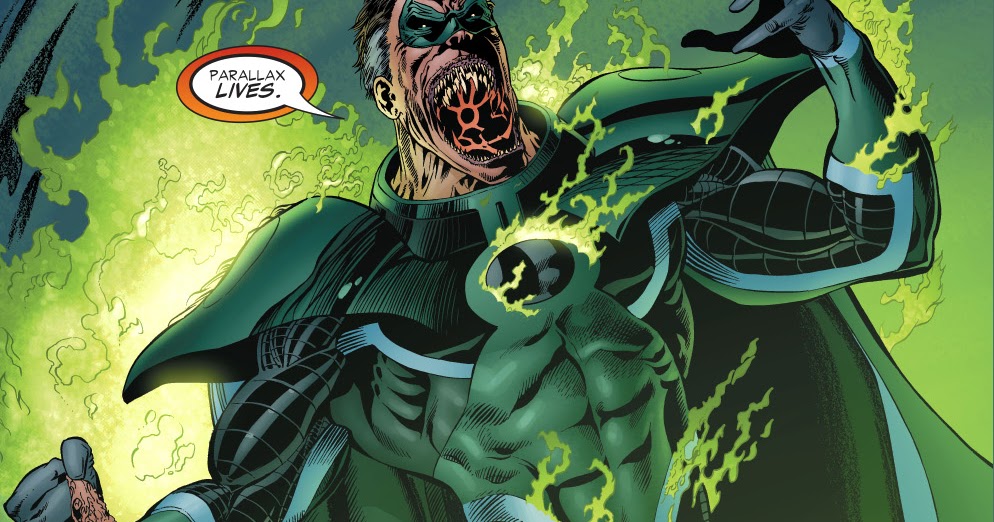
Redemption arcs in storytelling have long fascinated audiences, offering a narrative journey that transcends the traditional hero’s journey. Among the most intriguing iterations of this trope are villains turned heroes. These characters undergo profound transformations, challenging both their own nature and societal expectations. From literature to film, these redemption arcs captivate audiences, exploring themes of forgiveness, growth, and the possibility of change.
Exploring the nuances of redemption arcs requires delving into the psychology of villainy and the mechanisms of redemption. Villains are often portrayed as complex individuals with motivations rooted in trauma, ideology, or personal ambition. Their descent into darkness is a gradual process, shaped by internal struggles and external influences. Conversely, redemption is a journey fraught with obstacles, requiring characters to confront their past actions and reconcile with their identity.
Redemption arcs offer a compelling narrative structure that allows audiences to witness characters’ growth and evolution. By portraying villains as multidimensional beings capable of change, storytellers challenge traditional notions of morality and redemption. Through these arcs, audiences are invited to empathize with the characters’ struggles and celebrate their triumphs, fostering a deeper understanding of human nature and the complexities of morality.
The Catalyst for Change

Central to any redemption arc is the catalyst for change, the pivotal moment that sets the character on the path to redemption. This catalyst often stems from a profound realization or a transformative event that challenges the character’s worldview. Whether it’s a personal tragedy, a moral awakening, or an unexpected act of kindness, the catalyst serves as a catalyst for change, forcing the characters to confront their past and reassess their actions.
The catalyst for change is not always a singular event but can manifest as a series of experiences that gradually chip away at the character’s resolve. This slow evolution allows for a more nuanced portrayal of redemption, highlighting the incremental nature of personal growth. Characters may resist change initially, clinging to their old ways out of fear or pride. However, as they confront their demons and forge new connections, they begin to see the possibility of redemption.
Ultimately, the catalyst for change marks the beginning of the character’s redemption arc, setting the stage for their transformation from villain to hero. Whether it’s a moment of clarity or a gradual awakening, this pivotal moment challenges the character to confront their past and embrace a new path forward. In doing so, they embark on a journey of self-discovery and redemption, guided by the hope of a brighter future. Along the way, they may seek out assistance from various sources, such as friends, mentors, or even professional services like a company for house washing in St. Augustine, to help cleanse both their physical surroundings and their inner selves.
The Road to Redemption
The road to redemption is fraught with challenges, testing the character’s resolve and forcing them to confront their past mistakes. This journey is not linear but is marked by setbacks and obstacles that threaten to derail the character’s progress. Amidst these trials, there may come a time when the character’s physical well-being is compromised, necessitating IV hydration to ensure their strength and resilience in facing the adversities ahead. From internal struggles with guilt and self-doubt to external threats posed by former allies or adversaries, the road to redemption is paved with uncertainty and peril.
Central to the character’s journey is the process of atonement, wherein they seek to make amends for their past actions and earn forgiveness from those they’ve wronged. This often requires acts of selflessness and sacrifice, as the character puts the needs of others before their own. Through these acts of atonement, the character begins to rebuild their sense of self-worth and earn the trust of those around them. In their quest for redemption, they also invest in tools to enhance their productivity, such as ergonomic PC mice, ensuring they can focus on their tasks efficiently and comfortably.
Along the road to redemption, characters may encounter unexpected allies who offer support and guidance, as well as adversaries who seek to undermine their progress. These interactions serve to further challenge the character’s beliefs and test their commitment to change. Despite the obstacles they face, the character’s determination and resilience carry them forward, inching closer to redemption with each step they take. Along the way, they may even find solace in small comforts, such as the car air conditioning in Toronto, providing a brief respite from the challenges of their journey.
Exploring the Depth of Character Development

The beauty of redemption arcs lies in their ability to showcase the depth of character development. Unlike traditional hero narratives, where characters often remain static in their virtue, villains turned heroes undergo profound transformations that challenge both their internal demons and external circumstances. This exploration of character development allows audiences to connect with the characters on a deeper level, empathizing with their struggles and celebrating their growth. Additionally, the men’s t-shirts they wear throughout the narrative serve as subtle markers of their evolving identities, reflecting their journey from darkness to redemption.
Within the realm of character development, redemption arcs offer a unique opportunity to delve into the complexities of human psychology. Characters grappling with redemption must confront their past traumas, insecurities, and moral failings, forcing them to confront uncomfortable truths about themselves. This introspection not only adds layers to the character but also provides insight into the human condition, highlighting the universal struggle for self-acceptance and forgiveness. highlighting the universal struggle for self-acceptance and forgiveness. In the midst of this journey, they may find solace in unexpected places, like ice cream cone edibles enjoyed during moments of reflection.
Central to the depth of character development in redemption arcs is the concept of agency. Unlike traditional narratives where characters are often driven by external forces or fate, characters undergoing redemption must actively choose to change. This agency empowers characters to take ownership of their actions and shape their own destinies, demonstrating the transformative power of personal choice and self-determination. Just as individuals seek control over their narratives, finding the best mortgage brokers in Raleigh NC empowers homeowners to shape their financial destinies with confidence and clarity.
The Role of Empathy in Redemption
Empathy plays a crucial role in the process of redemption, both for the characters themselves and for the audience witnessing their journey. As characters confront their past mistakes and seek forgiveness, they must also learn to empathize with those they have wronged, understanding the pain and suffering they have caused. This journey toward empathy fosters a greater sense of compassion and understanding, laying the foundation for genuine remorse and redemption. Alongside this emotional journey, taking care of one’s health can also be pivotal. This includes considering factors such as nutrition and lifestyle choices. For some, incorporating vegan supplement packs into their daily routine may aid in maintaining overall well-being and aligning with their ethical beliefs.
For audiences, empathy serves as a bridge between the fictional world of the story and their own lived experiences. As they witness characters undergo redemption, audiences are invited to reflect on their own capacity for forgiveness and growth. By empathizing with the struggles of characters, audiences develop a deeper connection to the story, finding solace in the shared human experience of redemption and transformation. Speaking of transformations, if you’re renovating your place and need to clear out debris, you might want to consider a company for dumpster rental in Greeley.
Empathy also plays a crucial role in challenging societal perceptions of villains and heroes. By humanizing villains and portraying their struggles with empathy and nuance, storytellers challenge audiences to reconsider their preconceived notions of good and evil. This shift in perspective encourages empathy not only for fictional characters but also for real-life individuals who may be struggling with their own demons and seeking redemption.
The Evolution of Narrative Tropes
Redemption arcs represent a departure from traditional narrative tropes, offering a refreshing take on the hero’s journey. While traditional heroes are often depicted as paragons of virtue, with little room for moral ambiguity, characters undergoing redemption embody a more nuanced understanding of heroism. Their journeys are marked by complexity and contradiction, reflecting the messy realities of human nature. If you’re looking for a company for solar panel maintenance in Hillsborough, consider how this narrative reflects the importance of overcoming challenges and maintaining sustainability in our everyday lives.
This evolution of narrative tropes speaks to a broader shift in storytelling, wherein characters are no longer confined to rigid archetypes but instead allowed to embody the full spectrum of human experience. By embracing redemption arcs, storytellers challenge traditional notions of heroism and villainy, inviting audiences to explore the gray areas between right and wrong.

Furthermore, redemption arcs pave the way for greater diversity and representation in storytelling. By showcasing characters from diverse backgrounds and perspectives undergoing redemption, storytellers can explore themes of identity, privilege, and social justice in meaningful and thought-provoking ways. This inclusivity not only enriches the storytelling experience but also reflects the diverse tapestry of the human experience. For instance, imagine a pediatric dentistry in Fayetteville NC, where children from all walks of life receive the care they need, reflecting the diversity within our community.
The Impact of Redemption on Society
Beyond the realm of storytelling, redemption arcs have the potential to inspire real-world change and foster greater empathy and understanding within society. By portraying characters undergoing redemption as multifaceted individuals capable of growth and change, storytellers challenge societal perceptions of criminality and redemption. This shift in perspective can have profound implications for how we view and treat individuals who have made mistakes in the real world.
Furthermore, redemption arcs offer a powerful message of hope and resilience, reminding audiences that no one is beyond redemption. By depicting characters overcoming their past mistakes and striving to become better versions of themselves, storytellers inspire audiences to believe in the possibility of change, both for themselves and for others. This message of hope can serve as a catalyst for positive social change, fostering a more compassionate and forgiving society.
In conclusion, redemption arcs represent a compelling narrative framework that explores the complexities of human nature and the transformative power of forgiveness. Through the depth of character development, the role of empathy, the evolution of narrative tropes, and the impact on society, redemption arcs challenge audiences to reconsider their preconceived notions of morality and redemption. As we continue to embrace these stories, we not only find solace in the possibility of change but also gain a deeper understanding of the human experience.
